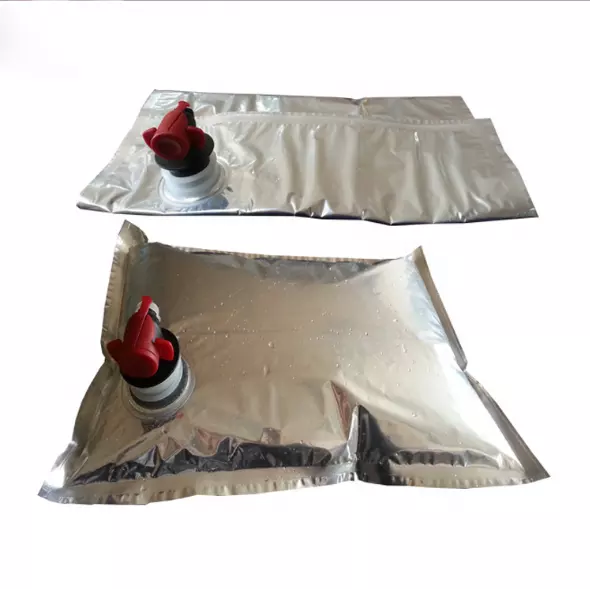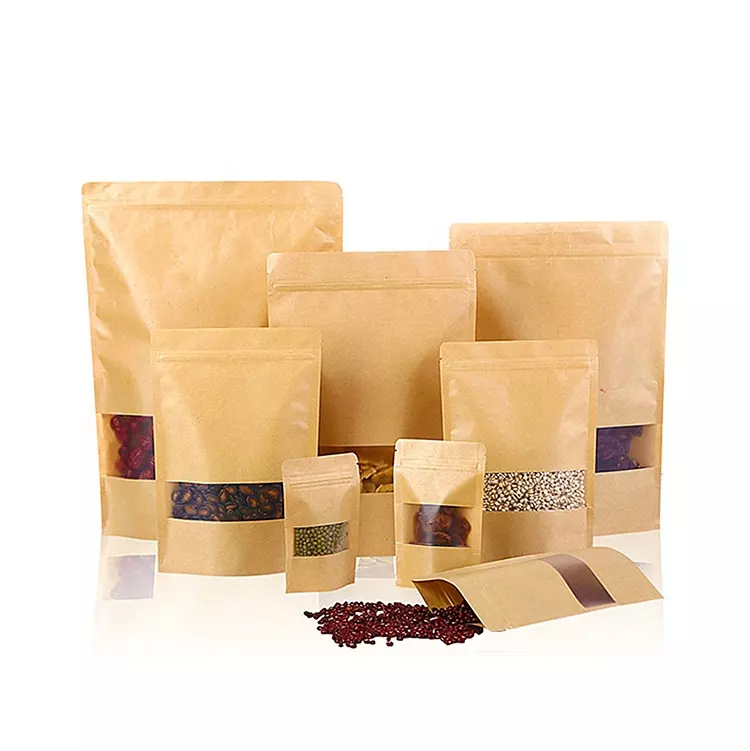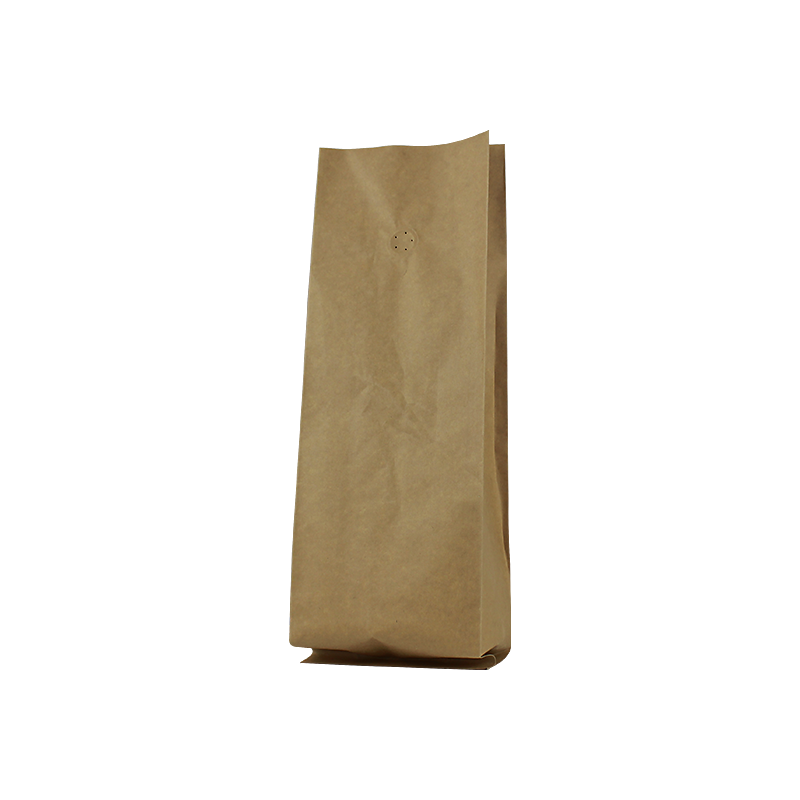Sustainable Packaging Solutions: Balancing Functionality and Environmental Responsibility
Sustainable Bulk Packaging has become a cornerstone of eco-friendly supply chains, offering large-scale containment solutions that minimize material waste while ensuring product protection. Designed to handle high-volume products from grains and pulses to industrial components, Sustainable Bulk Packaging typically utilizes durable, recyclable materials that can withstand repeated use or efficient recycling. Unlike single-use alternatives, these systems reduce packaging-to-product ratios significantly, cutting down on overall waste generation. Many options feature reinforced seams and moisture-resistant layers to maintain product integrity during transportation and storage, while their modular designs allow for space-efficient stacking and reuse in multiple supply chain cycles. From flexible bulk bags made of recycled polypropylene to rigid containers crafted from recycled cardboard composites, Sustainable Bulk Packaging proves that large-scale packaging can prioritize both functionality and environmental responsibility.
Recyclable Packaging Bags serve as versatile alternatives to conventional plastic bags, combining convenience with closed-loop waste management potential
Made from materials like recycled polyethylene, paper, or plant-based polymers, these bags maintain the practical features consumers expect—lightweight construction, tear resistance, and secure closures—while enabling proper recycling through standard municipal systems. Recyclable Packaging Bags often feature clear labeling to guide consumers toward correct disposal methods, ensuring they enter appropriate recycling streams rather than ending up in landfills. Suitable for applications ranging from grocery shopping to product shipping, these bags demonstrate that everyday packaging can reduce environmental impact without sacrificing usability, making them a staple in sustainable consumer practices.
Recyclable Packaging encompasses a broad category of materials and designs engineered for post-use recovery and material reuse, forming a key component of circular economy models
This approach prioritizes materials that can be collected, processed, and reprocessed into new packaging or other products, minimizing reliance on virgin resources. Recyclable Packaging includes everything from cardboard boxes and glass jars to metal cans and certain plastic containers, each designed with material purity in mind to facilitate efficient recycling. Unlike compostable options with limited shelf lives, Recyclable Packaging maintains consistent performance comparable to standard packaging, making it suitable for both food and non-food products across various industries. Its compatibility with existing recycling infrastructure ensures widespread accessibility, allowing consumers and businesses alike to participate in sustainable waste management practices.
Sustainable Packaging Materials form the foundation of eco-friendly packaging systems, offering alternatives to petroleum-based plastics and non-renewable resources
These materials include recycled paperboard, plant-based polymers derived from sugarcane or corn starch, mushroom mycelium, and recycled metal alloys, each selected for their low environmental footprint and functional properties. Sustainable Packaging Materials prioritize renewable sourcing, reduced energy consumption during production, and minimal toxic emissions, aligning with lifecycle assessment principles that evaluate environmental impact from raw material extraction to disposal. Innovations in this field continue to improve material strength, barrier properties, and versatility, expanding the range of applications where sustainable materials can replace traditional options without compromising performance.
Sustainable Food Packaging addresses the unique challenges of preserving food quality while minimizing environmental harm throughout the product lifecycle
This specialized category combines food-safe materials with design features that extend shelf life, reduce food waste, and enable proper recycling or composting. Sustainable Food Packaging often utilizes recycled paperboard for dry goods, plant-based films for produce, and recycled plastic composites for frozen items, each tailored to specific food preservation needs. Many options incorporate biodegradable additives or moisture-resistant coatings derived from natural sources, ensuring they meet food safety standards while remaining compatible with recycling systems. By reducing reliance on single-use plastics and optimizing material usage, Sustainable Food Packaging plays a critical role in reducing the environmental impact of food distribution and consumption.
In summary, sustainable packaging solutions including Sustainable Bulk Packaging, Recyclable Packaging Bags, Recyclable Packaging, Sustainable Packaging Materials, and Sustainable Food Packaging represent a coordinated approach to reducing packaging waste while maintaining functionality. Sustainable Bulk Packaging optimizes large-scale containment with minimal material use, while Recyclable Packaging Bags offer everyday convenience with recyclable benefits. Recyclable Packaging provides versatile, long-lasting alternatives to conventional options, supported by Sustainable Packaging Materials that prioritize renewable and recycled sources. Sustainable Food Packaging specifically addresses the needs of food preservation with eco-friendly solutions. Together, these innovations demonstrate that packaging can balance performance requirements with environmental responsibility, supporting a more sustainable and circular approach to material use across industries. As recycling infrastructure improves and material technologies advance, these solutions will continue to expand, offering even more effective ways to reduce packaging's environmental footprint.
Recyclable Packaging Bags FAQs
1. What are the key advantages of using recyclable packaging bags?
The primary benefit lies in their complete circularity, as these bags are designed for 100% recyclability through existing polyethylene film recycling streams. They maintain identical durability and moisture barrier properties to conventional plastic packaging while ensuring end-of-life sustainability. Their material composition allows for repeated processing without quality degradation in recycled products.
2. How does the convenience of local recycling work for recyclable packaging bags?
Most community recycling programs readily accept these bags through supermarket drop-off bins or curbside collection where flexible plastics are permitted. The material identification codes clearly printed on the packaging facilitate sorting at recycling facilities. This infrastructure accessibility eliminates the need for specialized disposal methods and encourages higher participation rates in recycling initiatives.
3. In what ways do recyclable packaging bags outperform compostable alternatives?
Unlike compostable materials that require specific temperature and humidity conditions to break down, recyclable packaging bags demonstrate superior shelf stability and don't degrade during storage. They provide reliable protection throughout the product's entire lifecycle without the risk of premature material decomposition that often affects plant-based packaging.
4. Can recyclable packaging bags meet the protection requirements for food products?
These bags achieve food-grade safety certification and provide excellent oxygen and moisture barriers that prevent contamination and preserve freshness. The material's inert nature ensures no chemical migration occurs, making it suitable for direct food contact applications ranging from dry goods to frozen foods while maintaining full recyclability.
5. What types of non-food products are suitable for recyclable packaging bags?
The versatility extends to hardware items, textiles, electronics accessories, and pharmaceutical products where moisture protection and durability are essential. The material's puncture resistance and tear strength make it ideal for packaging items with sharp edges or substantial weight, while still maintaining its environmental advantages through easy recyclability.














